A. A. Sveshnikov - Problems in Probability Theory, Mathematical Statistics and Theory of Random Functions
Here you can read online A. A. Sveshnikov - Problems in Probability Theory, Mathematical Statistics and Theory of Random Functions full text of the book (entire story) in english for free. Download pdf and epub, get meaning, cover and reviews about this ebook. year: 1979, publisher: Dover Publications, genre: Children. Description of the work, (preface) as well as reviews are available. Best literature library LitArk.com created for fans of good reading and offers a wide selection of genres:
Romance novel
Science fiction
Adventure
Detective
Science
History
Home and family
Prose
Art
Politics
Computer
Non-fiction
Religion
Business
Children
Humor
Choose a favorite category and find really read worthwhile books. Enjoy immersion in the world of imagination, feel the emotions of the characters or learn something new for yourself, make an fascinating discovery.
- Book:Problems in Probability Theory, Mathematical Statistics and Theory of Random Functions
- Author:
- Publisher:Dover Publications
- Genre:
- Year:1979
- Rating:3 / 5
- Favourites:Add to favourites
- Your mark:
Problems in Probability Theory, Mathematical Statistics and Theory of Random Functions: summary, description and annotation
We offer to read an annotation, description, summary or preface (depends on what the author of the book "Problems in Probability Theory, Mathematical Statistics and Theory of Random Functions" wrote himself). If you haven't found the necessary information about the book — write in the comments, we will try to find it.
Approximately 1,000 problems with answers and solutions included at the back of the book illustrate such topics as random events, random variables, limit theorems, Markov processes, and much more.
A. A. Sveshnikov: author's other books
Who wrote Problems in Probability Theory, Mathematical Statistics and Theory of Random Functions? Find out the surname, the name of the author of the book and a list of all author's works by series.



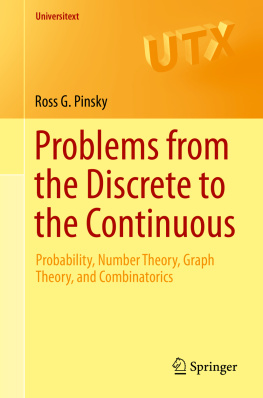
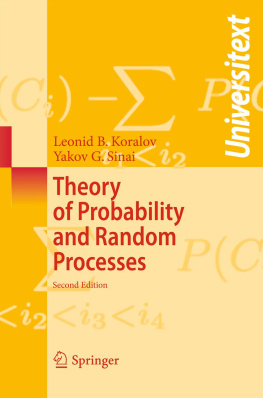
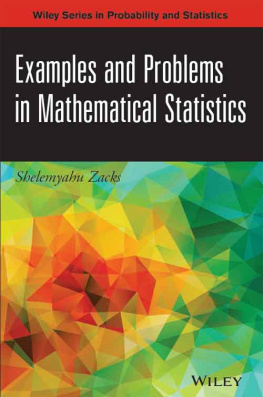
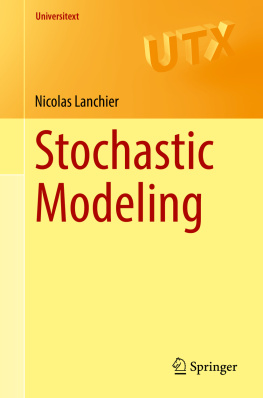

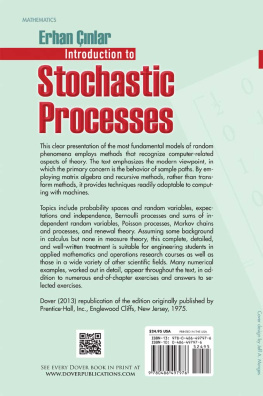
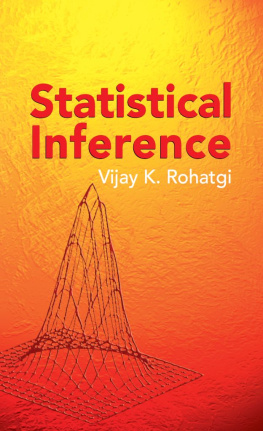
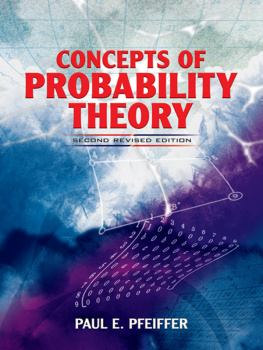
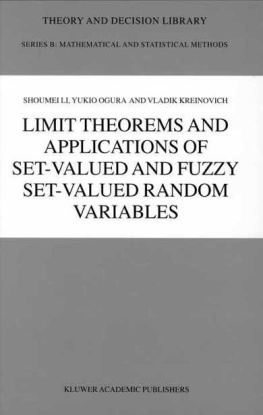
 means that all items are good,
means that all items are good,  means that one or none of them is defective.
means that one or none of them is defective. . Use the equality
. Use the equality 
 C = (A 1A2)(B1B2B1B3B2B3). 2. 4/9. p = 0.25 since the first card may belong to any suit. 1/65 0.00013. 23/240. 23/240.
C = (A 1A2)(B1B2B1B3B2B3). 2. 4/9. p = 0.25 since the first card may belong to any suit. 1/65 0.00013. 23/240. 23/240.
 pk =
pk =  (k = 1, 2, 3, 4, 5), Pl = 0.0556, p2 = 0.0025, p3 = 0.85104, p4 = 0.2 10 5 , p5 = 0.2 10 7.
(k = 1, 2, 3, 4, 5), Pl = 0.0556, p2 = 0.0025, p3 = 0.85104, p4 = 0.2 10 5 , p5 = 0.2 10 7. 


 The favorable combinations: (a) (7, 7, 7); (b) (9, 9, 3), (9, 6, 6); (c) (2, 8, 11), (2, 9, 10), (3, 7, 11), (3, 8, 10), (4, 6, 11), (4, 7, 10), (4, 8, 9), (6, 7, 8) and, therefore, m = 4 + 24
The favorable combinations: (a) (7, 7, 7); (b) (9, 9, 3), (9, 6, 6); (c) (2, 8, 11), (2, 9, 10), (3, 7, 11), (3, 8, 10), (4, 6, 11), (4, 7, 10), (4, 8, 9), (6, 7, 8) and, therefore, m = 4 + 24  + 43 8 = 564; p = 0.079.
+ 43 8 = 564; p = 0.079.  It is necessary to get nm nickels from 2n buyers.
It is necessary to get nm nickels from 2n buyers.  , where N is the number of cases when it is impossible to sell 2n tickets,
, where N is the number of cases when it is impossible to sell 2n tickets,  is the number of cases in which the first nickel came from the (2
is the number of cases in which the first nickel came from the (2